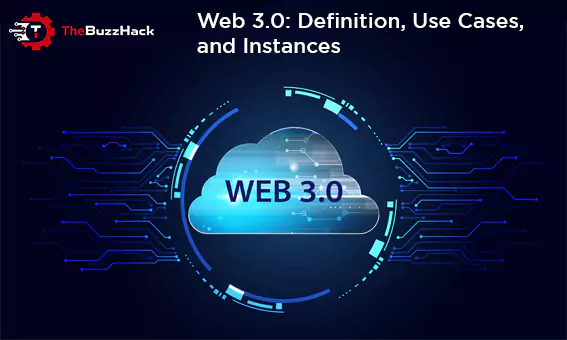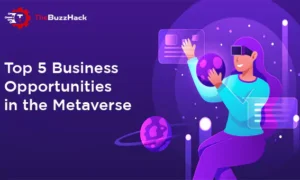
Web 3.0: Definition, Use Cases, and Instances
As the digital sphere continues to evolve, it traces back to Web 1.0, characterized by the internet’s static content. The subsequent phase, Web 2.0, enabled user-generated content across various platforms, fostering interaction. Today, the trajectory leads to Web 3.0, promising unhindered access to content ownership and the integration of advanced technologies. This third wave of the internet holds high expectations.
Understanding Web 3.0 Technology
Web 3.0, or Web3, marks a forthcoming digital era where the internet processes information more intelligently. This evolution, previously termed the Semantic Web, was envisioned by Tim Berners-Lee, the internet pioneer. Web 3.0 strives for openness, autonomy, and deeper user engagement, driven by artificial intelligence (AI) and groundbreaking technologies.
Key Features of Web 3.0
- Decentralization:
Unlike its predecessor, Web 2.0, data in Web 3.0 can exist in multiple locations, granting users extensive accessibility through decentralized networks for varied needs. - Permissionless and Trustless:
Web 3 enables direct user interaction with the digital realm without necessitating credibility establishment or permissions, streamlining tasks. Reputed web3 app development companies can elaborate on this aspect. - Machine Learning and AI:
In the Web 3 era, computers will mimic human cognition using natural language processing and semantic concepts, facilitating swift and relevant outcomes. - Ubiquity and Connectivity:
Web 3 ensures unparalleled content access, transcending device limitations, already exemplified by IoT’s introduction involving wearables like smartwatches.
Advantages of Web 3.0
- Data Ownership:
Users gain control and ownership over their data in Web 3 0, secured against unauthorized access or tampering. - Enhanced Accessibility:
Web 3 0 ensures unrestrict - Decentralization of Authority:
Unlike Web 2.0’s centralized nature, IT guarantees data sharing devoid of centralized control, amplifying user autonomy. - Uninterrupted Solutions:
The redundancy of data across multiple locations ensures uninterrupted services, minimizing disruptions during technical issues. - Decentralized Blockchain:
Blockchain in Web 3.0 will offer advanced security features, safeguarding digital assets conveniently.
Popular Use Cases of Web3
- Gaming Applications:
3.0 will refine gaming experiences, allowing users to monetize in-game items effortlessly, witnessed in games like Decentraland and Axie Infinity. - Decentralized Finance Applications:
Existing decentralized finance apps will undergo robust enhancements, ensuring efficient transactions without restrictions. - Metaverse:
The integration of AI and IoT in Web will enhance immersive experiences in platforms like the Metaverse. - Decentralized Cloud Storage:
Platforms like Storj and Internxt simplify data management, offering secure and private cloud-based environments. - Decentralized Browsers:
Decentralized browsers such as Brave provide secure and faster browsing, ensuring user privacy and protection.
Popular Examples of Web 3.0
Platforms like Brave Browser, Wolfram Alpha, Polkadot, Steemit, Filecoin, and Audius embody Web 3.0’s features and functionalities.
Leveraging Web 3.0
Our team’s decade-long expertise in Metaverse, NFTs, Blockchain, IoT, and AI ensures cutting-edge solutions for gaming and app development. We meticulously analyze and implement trending technologies to meet your distinct requirements, promising optimal results.
Conclusion
In conclusion, the evolution of the internet from Web 1.0 to Web 3.0 reflects a remarkable journey, with each phase introducing transformative features and capabilities. The current frontier, embraces decentralization, permissionless interactions, and the integration of advanced technologies like AI and blockchain. This digital era promises enhanced user engagement, data ownership, and uninterrupted services, shaping a more intelligent and accessible internet landscape.
The advantages of Web 3.0, including data ownership, enhanced accessibility, and decentralized authority, lay the foundation for groundbreaking use cases such as refined gaming experiences, improved decentralized finance applications, and the evolution of immersive Metaverse platforms. Notable examples like Brave Browser, Wolfram Alpha, Polkadot, Steemit, Filecoin, and Audius exemplify the features and functionalities.
With a decade-long expertise in Metaverse, NFTs, Blockchain, IoT, and AI, stands ready to leverage these cutting-edge technologies for gaming and app development.
Read More: How Can Gamification Enhance Productivity in Education?


